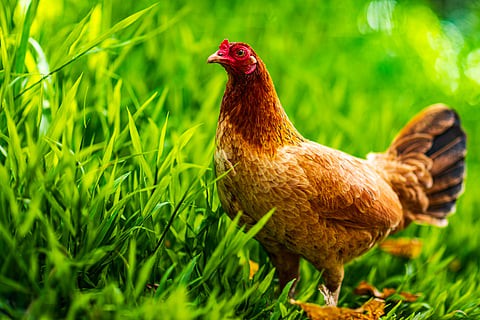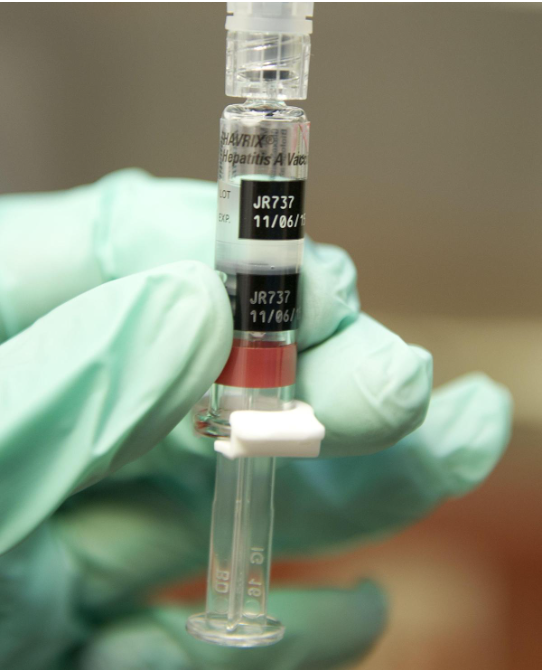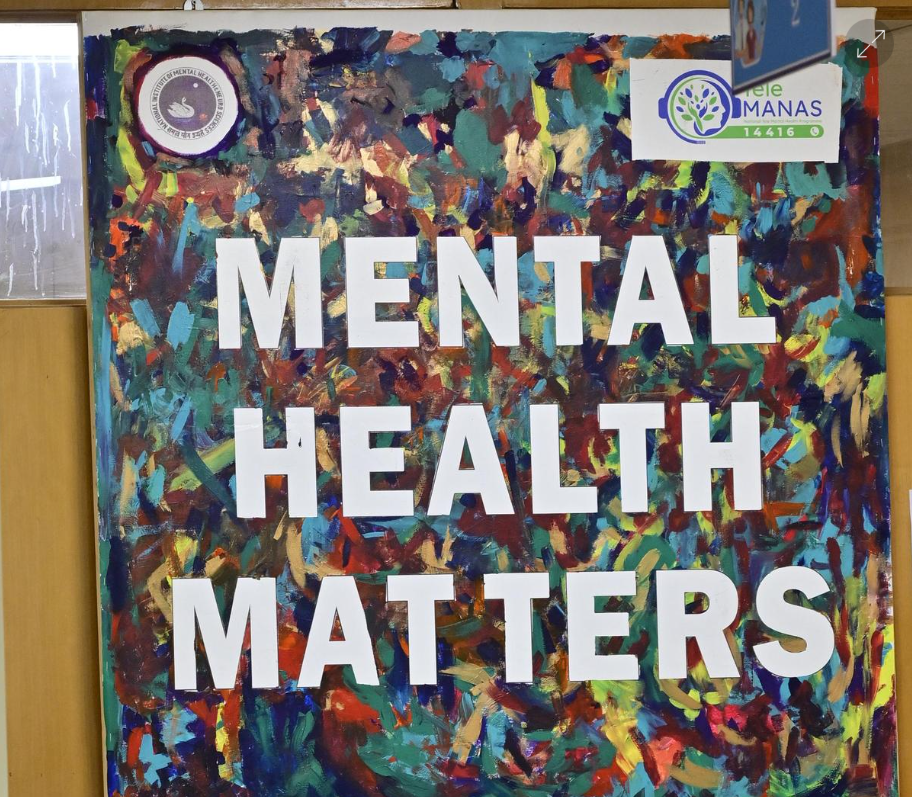




Source: ENTOMOLOGY
Disclaimer: Copyright infringement not intended.
A study published in the Journal of Medical Entomology shows that Trypanosoma cruzi—the parasite that causes Chagas disease—can survive in dead kissing bugs (Triatominae) even within insecticide-treated dog kennels.
Karnataka is grappling with the outbreak of Kyasanur Forest Disease (KFD) commonly known as monkey fever.
Feature |
Details |
|
Causative Agent |
Trypanosoma cruzi (a protozoan parasite). |
|
Vector |
Triatomine bugs (commonly known as kissing bugs). |
|
Geographic Distribution |
Endemic to Latin America increasingly reported globally due to migration. |
|
Transmission |
Vector bites, congenital (mother-to-child), contaminated food, organ transplants or blood transfusion. |
Stage |
Symptoms |
|
Acute Stage |
Fever, swelling at the bite site (Romaña sign), malaise, hepatosplenomegaly. |
|
Chronic Stage |
Asymptomatic for years; severe cases include cardiomyopathy, arrhythmias and gastrointestinal complications (megacolon, megaesophagus). |
Drugs |
Details |
|
Nifurtimox |
Effective in the acute stage. |
|
Benznidazole |
Commonly used. |
Affects 6–7 million people worldwide with significant morbidity in Latin America.
Migration and urbanization have spread cases to non-endemic regions including the U.S. and Europe.
Feature |
Details |
|
Causative Agent |
Kyasanur Forest Disease Virus (KFDV), a flavivirus. |
|
Vector |
Ticks (Haemaphysalis spinigera). |
|
Reservoir Hosts |
Small mammals, monkeys (Macaca radiata and Semnopithecus entellus). |
|
Geographic Distribution |
Endemic to Karnataka, Goa, Kerala, Tamil Nadu and Maharashtra in India. |
|
Transmission |
Tick bites; handling infected animal carcasses. |
Stage |
Symptoms |
|
Febrile Phase (1st Week) |
High fever, headache, chills, muscle pain, vomiting and diarrhea. |
|
Post-febrile Phase |
Hemorrhagic symptoms, neurological complications (meningitis, encephalitis). |
|
Recovery Phase |
Some patients experience prolonged weakness and fatigue. |
No specific antiviral treatment is available.
Symptomatic management includes hydration, pain relief and treatment of secondary infections.
KFD vaccine available for high-risk populations in endemic areas.
Reported 500–700 cases annually with fatality rates ranging from 3–10%.
Increasing human activities in forested areas have heightened the risk of transmission.
Aspect |
Chagas Disease |
Kyasanur Forest Disease (KFD) |
|
Causative Agent |
Trypanosoma cruzi (protozoan) |
KFDV (flavivirus) |
|
Vector |
Triatomine bugs |
Ticks (Haemaphysalis spinigera) |
|
Primary Symptoms |
Cardiac and gastrointestinal complications |
Hemorrhagic fever, neurological symptoms |
|
Geographic Scope |
Endemic to Latin America, spreading globally |
Restricted to forested areas in India |
|
Treatment |
Antiparasitics (nifurtimox, benznidazole) |
Supportive care only |
Kissing bugs, also known as Triatomine bugs, are blood-sucking insects responsible for transmitting Trypanosoma cruzi, the causative agent of Chagas disease. These insects are primarily found in the Americas and have a significant role in the epidemiology of the disease.
Feature |
Details |
|
Taxonomy |
Family: Reduviidae; Subfamily: Triatominae. |
|
Common Names |
Kissing bugs, Assassin bugs, Cone-nose bugs. |
|
Physical Characteristics |
Oval-shaped body, 1–3 cm long, with a cone-shaped head and a long proboscis. |
|
Habitat |
Prefer cracks in walls, roofs, and spaces in thatched houses; can also be found in wild animal nests. |
|
Feeding Habits |
Nocturnal feeders; attracted to CO₂ and warmth from human and animal bodies. |
Triatoma infestans: Common in South America.
Rhodnius prolixus: Found in Central America.
Triatoma dimidiata: Distributed widely in Central and South America.
Kissing bugs feed on blood and defecate near the bite site.
The Trypanosoma cruzi parasites in their feces enter the human body through mucous membranes or scratches in the skin caused by itching.
Sources:
|
PRACTICE QUESTION Q:Which of the following statements about kissing bugs is/are correct?
Select the correct answer using the codes given below: (a) 1 and 2 only (b) 1 and 3 only (c) 2 and 3 only (d) 1, 2, and 3 Answer: (b) Explanation: Statement 1 is correct. Kissing bugs are nocturnal insects that feed on the blood of humans and animals primarily at night. Statement 2 is incorrect. Kissing bugs do not transmit malaria or dengue. These diseases are spread by mosquitoes like Anopheles and Aedes aegypti respectively. Statement 3 is correct. Kissing bugs transmit Trypanosoma cruzi the causative agent of Chagas disease, through their feces which contaminates wounds or mucous membranes. |






© 2025 iasgyan. All right reserved